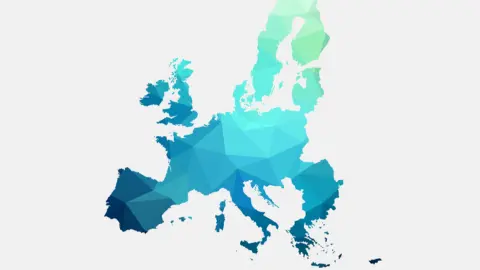Key events in developed markets next week
Further 2Q GDP releases next week will reveal the extent of the damage from the last few months. The second stage of recovery is now underway so don't expect continuation of the rapid rebound
US: Consumer and manufacturing sectors to stall after the reopening rebound
After the initial bounce in activity in the wake of the reopening of the economy, we are now in the second phase of the recovery where underlying economic fundamentals matter much more. In the case of the US, the second spike in Covid-19 cases led to many states scaling back their reopening strategies and the combination of renewed health and economic concerns pushed confidence lower in July. We expect it to stay subdued in August, especially with employment growth showing signs of stalling and incomes being squeezed for millions of people due to the $600/week Federal unemployment benefit boost having ended. It is being replaced by a new $400 payment, but even so the combination of weaker confidence, employment and incomes means that the consumer sector is going to struggle to maintain its recent run of strong performance.
Meanwhile, durable goods orders should continue to post a solid growth rate on the reopening story. Like the consumer sector, gains after the July report will be tougher to come by with leading surveys for August already indicating a slowing in the pace of manufacturing activity.
Canada: Slow recovery expected
Canada will likely post a record plunge in GDP of around 40% annualised for 2Q. Following the already announced 1Q contraction this would bring the peak-to-trough fall in Canadian GDP in the first half of 2020 to 13.8% - more than the US’s 10.6% decline, but nowhere near as bad as the 20%+ falls experienced by the UK and Spain. Monthly data is now pointing to growth, but with Canada dependent much more on commodities and trade than the US it is likely to experience a slower rebound versus its economically larger neighbour.
Bank of England speakers in focus as negative rates debate rages on
With unemployment set to rise over the remainder of the year, there's going to be growing pressure on policymakers in the UK to increase support. How the Chancellor responds as the Job Retention scheme (furlough) is unwound will be particularly key. But the Bank of England is also increasingly likely to add stimulus - and the bigger question is whether a new package of support will include negative rates.
We think it's fair to say the Bank is still on the fence on this one. There was a detailed box in the latest Monetary Policy Report that went into some of the evidence on how negative rates affect bank lending - but policymakers were careful not to formally lean in one direction or another. The policy remains 'in the toolbox' according to Governor Andrew Bailey, and we'll be listening out for any further hints when he and Chief Economist Andy Haldane speak next week.
At the moment, we think QE will remain the preferred avenue of stimulus with a further expansion likely in November. Policymakers might also opt to initially move to a negative rate on the bank's targeted lending schemes, while keeping Bank rate at or above zero.
Developed Markets Economic Calendar

This publication has been prepared by ING solely for information purposes irrespective of a particular user's means, financial situation or investment objectives. The information does not constitute investment recommendation, and nor is it investment, legal or tax advice or an offer or solicitation to purchase or sell any financial instrument. Read more
Download
Download article
21 August 2020
Our view on next week’s events This bundle contains 3 Articles
